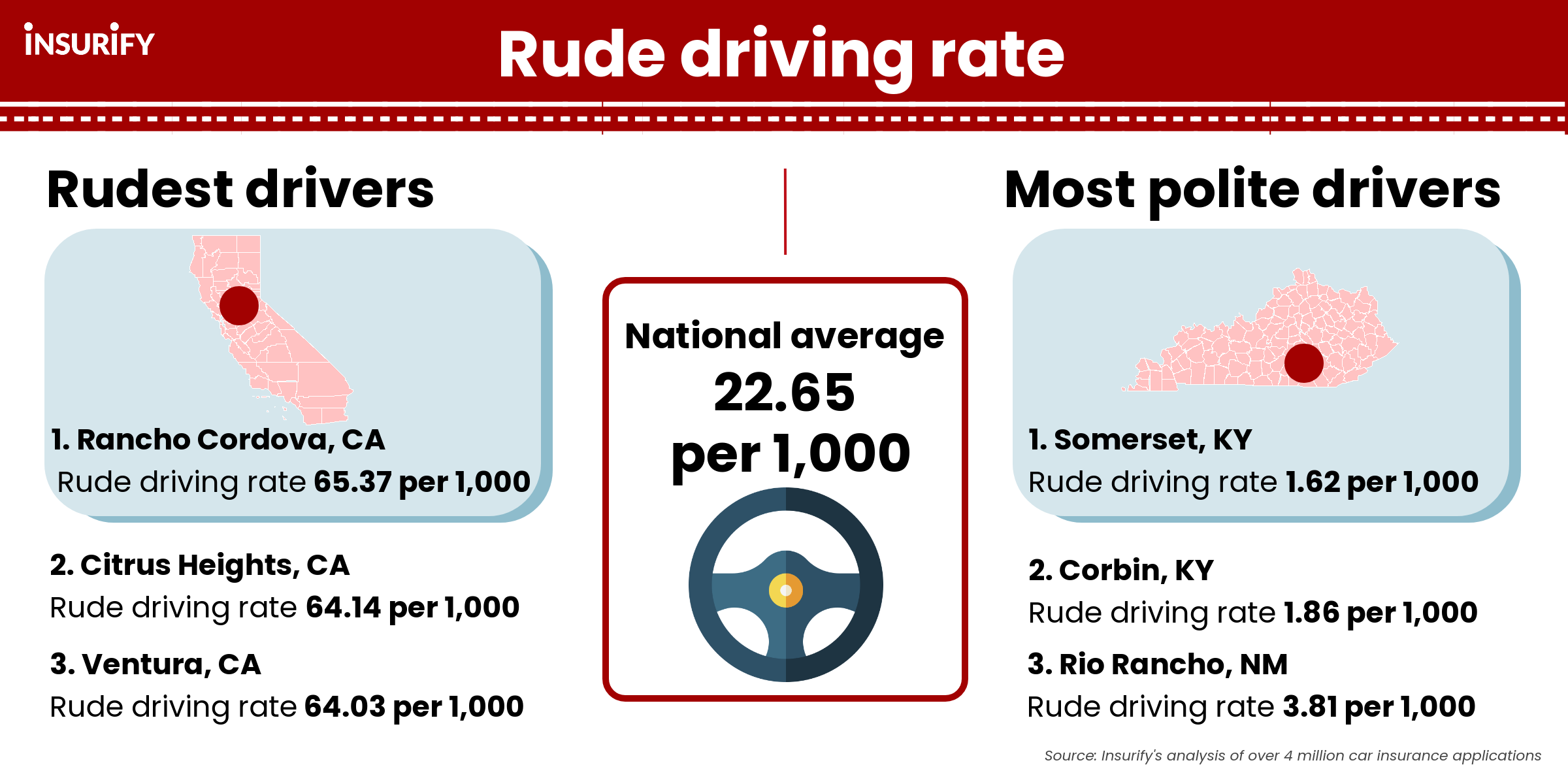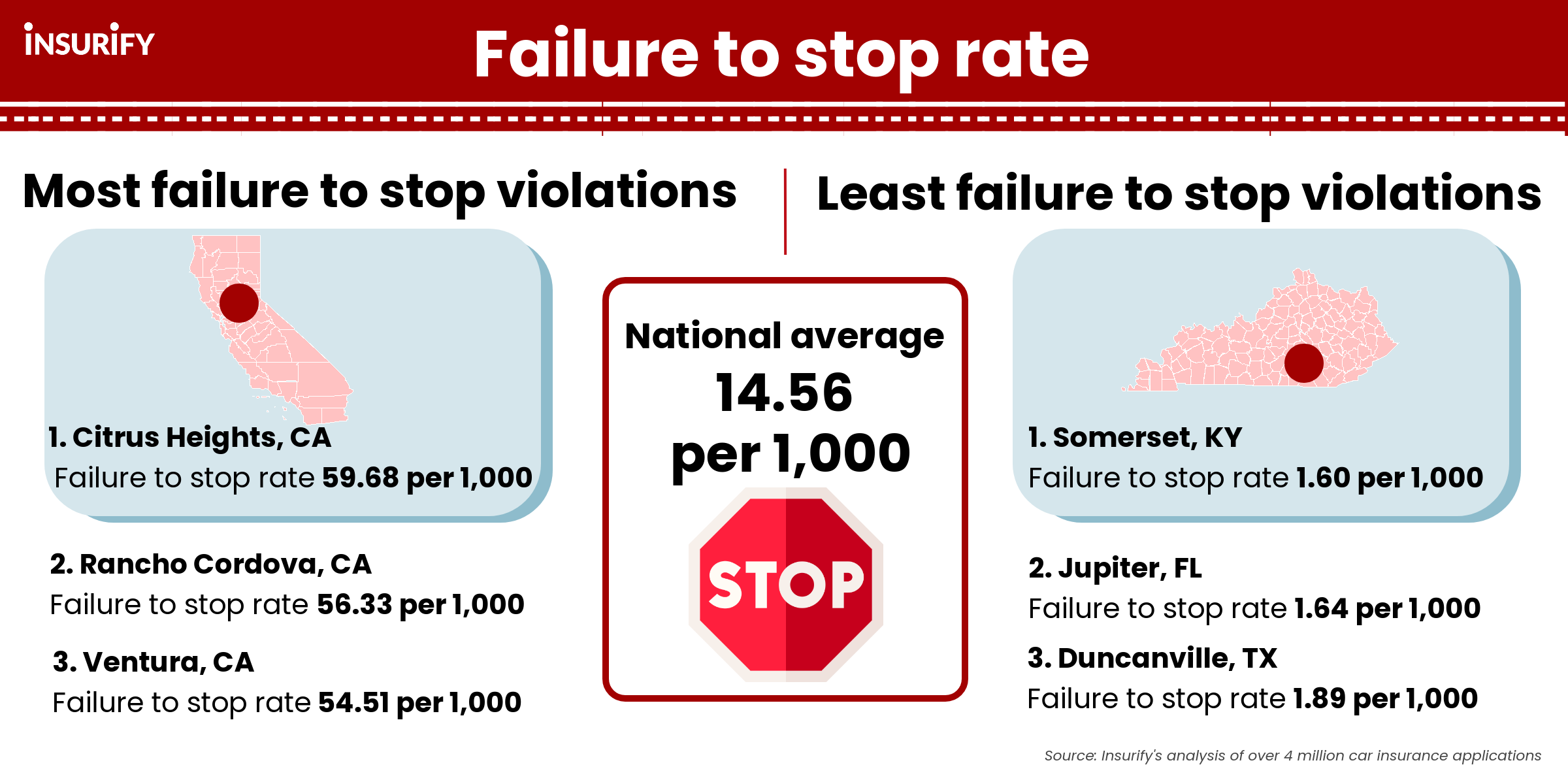These are the Cities with the Rudest Drivers in Every State
)
Data expert on auto trends and driver behavior
University of Chicago graduate with statistics degree
Chase spearheads analytics for Insurify’s data insights team. With his deep expertise in insurance data, Chase is often interviewed on industry trends.
Featured in
)
Property and casualty insurance specialist
4+ years creating insurance content
Tanveen manages Insurify's data insights, annual home and auto insurance reports, and media communications. She’s regularly featured in media interviews on insurance topics.
Featured in
)
Chartered financial analyst
12+ years in data analysis and marketing
Andrew applies his vast knowledge of analytics and insurance industry trends to help inform Insurify’s content and marketing efforts.
Featured in
Published
At Insurify, our goal is to help customers compare insurance products and find the best policy for them. We strive to provide open, honest, and unbiased information about the insurance products and services we review. Our hard-working team of data analysts, insurance experts, insurance agents, editors and writers, has put in thousands of hours of research to create the content found on our site.
We do receive compensation when a sale or referral occurs from many of the insurance providers and marketing partners on our site. That may impact which products we display and where they appear on our site. But it does not influence our meticulously researched editorial content, what we write about, or any reviews or recommendations we may make. We do not guarantee favorable reviews or any coverage at all in exchange for compensation.
)
)
)





)